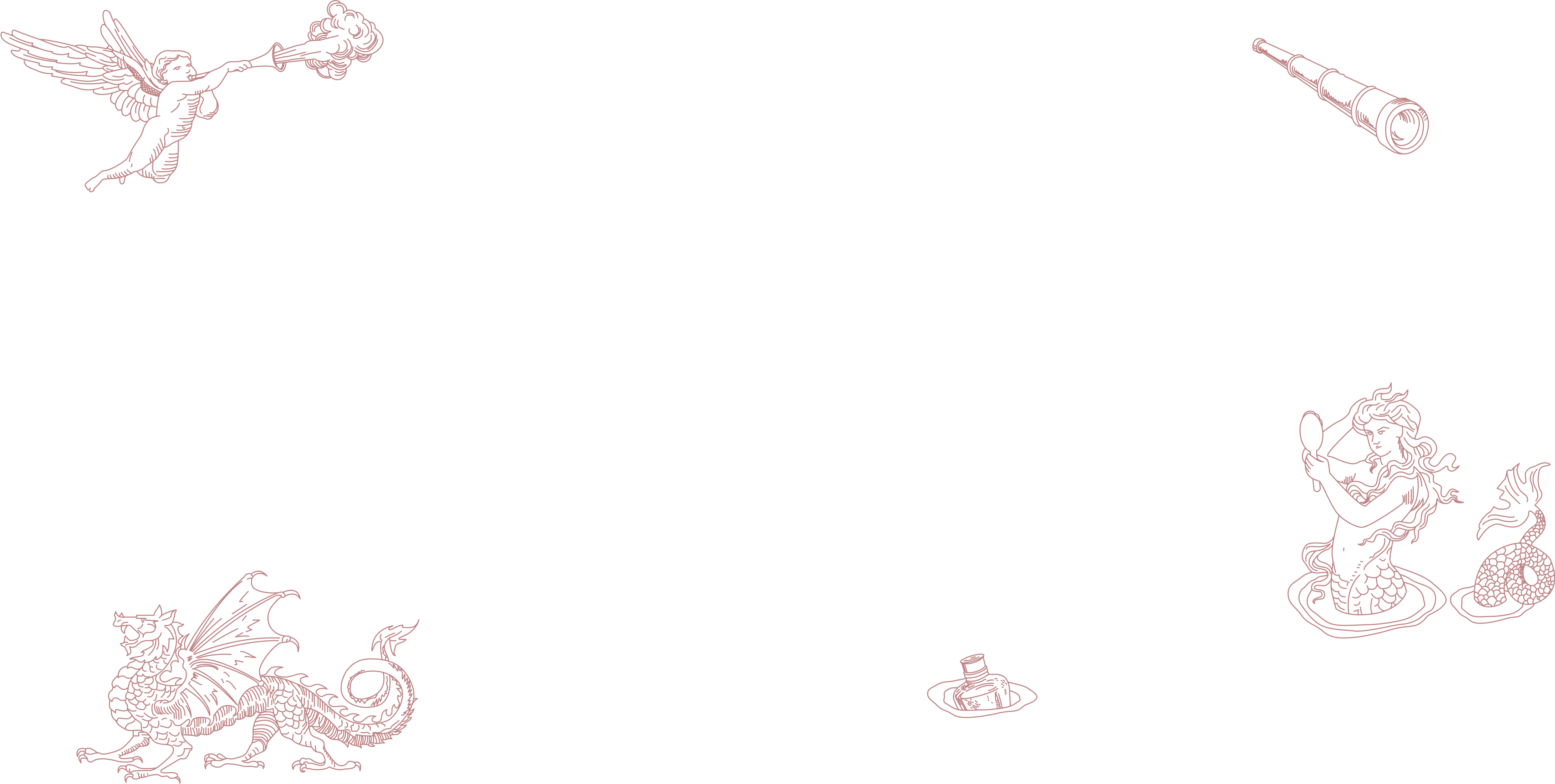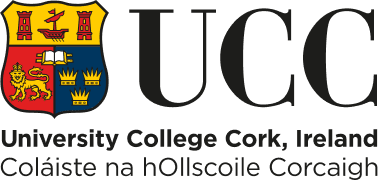Mapping Environmental Health Crises —
Public Understanding Through Myths and Science

CHRYSES will provide an interdisciplinary approach to mapping EHC by unifying the perspectives of myths and science using the versatile representation medium of maps to foster public understanding of Environmental Health Crises (EHC).
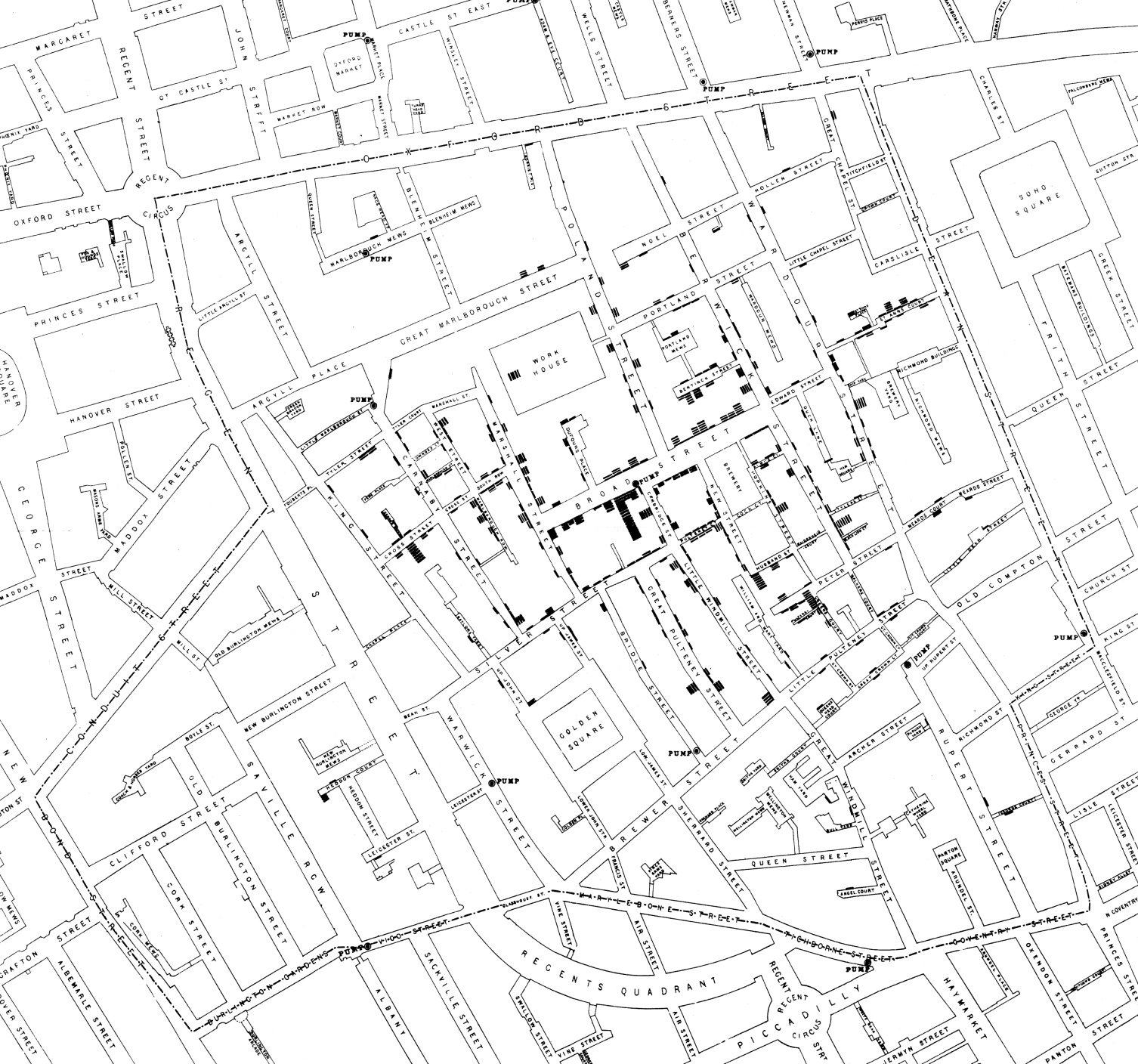
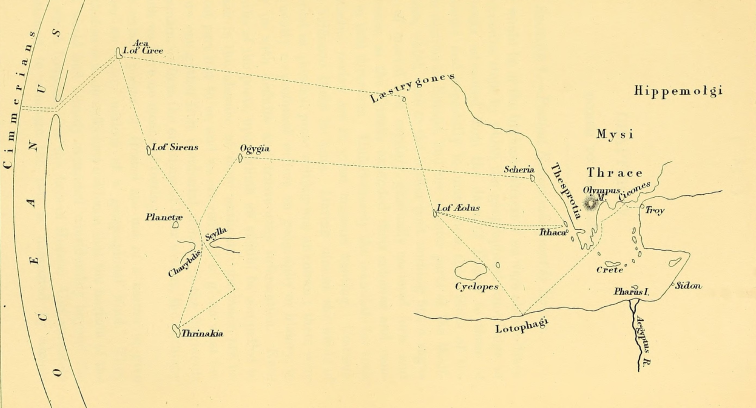
EHC are increasing rapidly in their occurrence, intensity, and global spread. Humanity is facing climate change, biodiversity loss, the spread of infectious diseases, and many other such EHC on an unprecedented scale. The level and scope of public understanding play a crucial role in inciting human action in dealing with these worldwide EHC and mitigating their destructive consequences. The example of the recent COVID-19 crisis has, however, shown that the world at large faces many obstacles related to public understanding and communication of EHC. Current approaches to creating public understanding of such crises – stemming from disparate fields of study – are unable to cope with divisive prevalent narratives and representations of the complex multidisciplinary nature of these crises – as is the case, for instance, of media narratives surrounding the causes of global warming or the handling of pandemics.
The main aim of CHRYSES is to investigate the interplay between myths and science in the ways our societies conceptualise and represent environmental health crises, and to utilise maps to unify the corresponding perspectives and approaches of myths and science to enhance public understanding of such global crises.
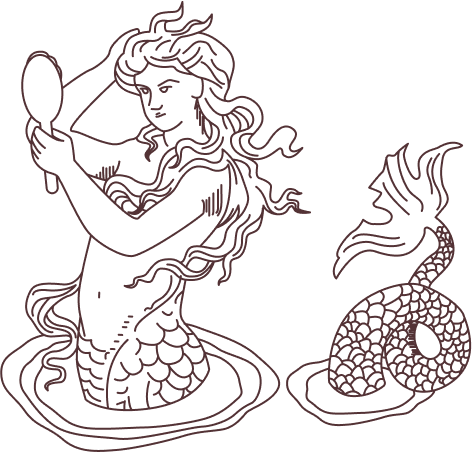
Objective 1
Investigate the uses of the concepts of maps and journeys in ancient and modern mythology to narrate and represent crises.
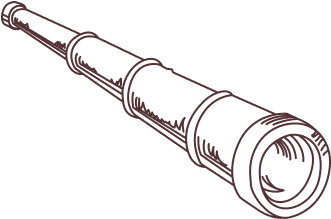
Objective 2
Investigate the role of maps in their different forms as a scientific tool to visualise, analyse, understand, and explain crises.


Objective 3
Investigate the role of maps in visual narratives as a metaphor and storytelling medium for unifying mythical and scientific approaches and perspectives on crises.
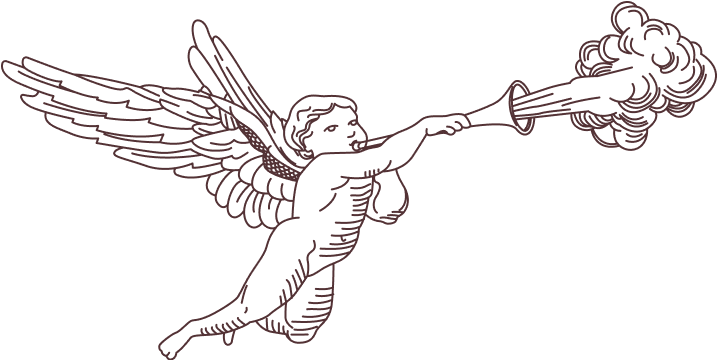
Objective 4
Develop strategies for creating better public understanding of EHC through more effective societal engagement of the public and different stakeholders, by combining myths and science.
